Comma Splices and Fun With Semicolons

I’m pretty sure that I never learned how to properly use semicolons or how to avoid comma splices in school. If I did, then it was relegated to a brief lesson back in seventh grade. So it’s not much of a surprise to me when I see a lot of writers (journalists, published authors, young writers, etc.) mis-use commas and semi-colons.
So, what is a comma splice? A comma splice is when you use a comma to join together two independent clauses of a sentence. An independent clause is a portion of a sentence that works as a sentence by itself. Take the following example:
I went to the store, they didn’t have any porcupines.
Notice how each clause, seperated by a comma, works as a sentence by itself. However, I joined the two independent clauses with a comma, which creates a comma splice. Obviously, this is wrong.
So we have two options: (1) use a period instead of a comma, or (2) use a semi-colon instead of a comma. Either way is appropriate here, and sometimes it just comes down to preference. For me, whenever I have two related sentences that are short, I either join them with a conjunctive (and, but, or) or I join them with a semi-colon. However, note that to use a semi-colon, the two sentences must be related to one another.
Yet, there is one other time when it’s appropriate to use a semi-colon instead of a comma; that is, when you are using so many commas, it gets confusing what relates to what. For example:
Someday, I want to visit Shanghai, China, Kyoto, Japan, and New Madrid, Missouri.
See how the over-abundance of the comma makes the sentence more confusing? We can fix that by separating the items with a semi-colon:
Someday, I want to visit Shanghai, China; Kyoto, Japan; and New Madrid, Missouri.
Of course, this article is just a basic primer covering semicolons. There are plenty of exceptions, and even more rules as you can imagine. But the two above rules will cover you 98% of the time.
In the meantime, also consider this quote by Kurt Vonnegut!
Here is a lesson in creative writing. First rule: Do not use semicolons. They are transvestite hermaphrodites representing absolutely nothing. All they do is show you’ve been to college.
I disagree, but you should certainly avoid relying too much on semicolons.


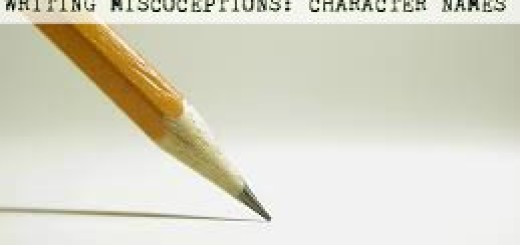
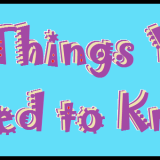

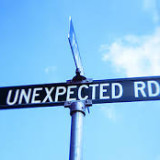

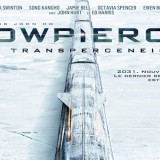



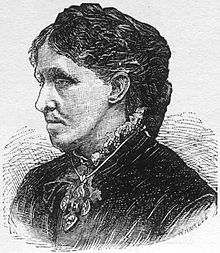
I must say that I agree with you. I use semicolons a lot, and am driven crazy when I see comma splices. I may use them more then some people, but I’v only had one or two times where I’ve put them in the wrong place, so I will continue to do so.